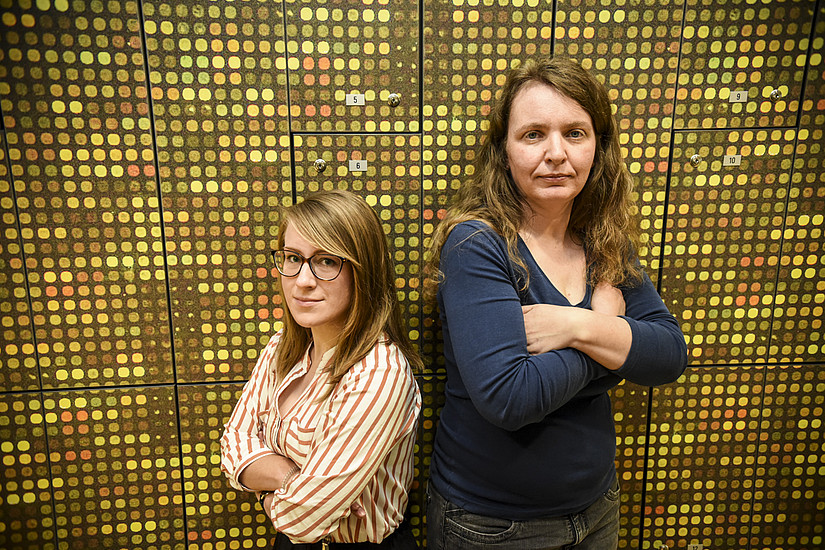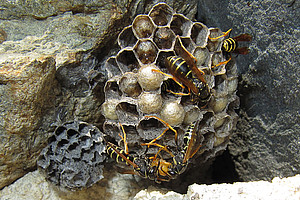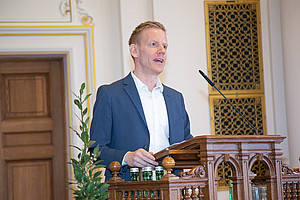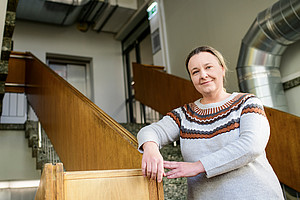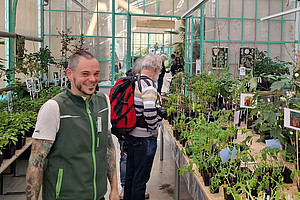To a certain extent, ribosomes are factories which appear in every cell. There they produce the proteins the body requires. Ribosomes also constantly reproduce themselves, which is one of the prerequisites for cellular division. If a glitch occurs, it can cause illnesses. This is why Ingrid Rössler, Brigitte Pertschy and their colleagues at the Institute of Molecular Biosciences have been conducting research on how these cell factories regenerate, examining the process in all of its minutiae. They have identified factors which were hitherto unknown and published the results of their research in Nucleic Acids Research, a scientific journal.
A cell’s nucleus has approximately 100,000 ribosomes. These ribosomes consist of a string of negatively charged RNA and a variety of proteins with a strong positive charge. As Brigitte Pertschy explains, "These different charges then make it easier to assemble the protein factory". Nevertheless, the necessary building blocks have to be transported from the cytoplasm to the nucleus. The journey is a "dangerous" one however, since the proteins can end up creating insoluble aggregates as a result of their positive charge. In turn, these aggregates are useless for ribosome synthesis. The team at the Institute of Molecular Biosciences is trying to find out how to minimise the risk. There are a few proteins which were already known to possess their own protection factors, called chaperones. These chaperones "accompany" them on their way to the nucleus. Ingrid Rössler was able to identify more of these ‘bodyguards’ in a complex study, and two of them have also been characterised in a precise manner.
"These chaperones adhere to the proteins and prevent them from connecting with the wrong partners on their way to the nucleus", describes Rössler. When they arrive at their destination, they release the protein molecule so it can take its seat in the ribosome.
This knowledge is of fundamental importance to better investigate the cause of illnesses, such as cancer, in future and to find new approaches to treatment.
Publication:
Ingrid Rössler, Julia Embacher, Benjamin Pillet, Guillaume Murat, Laura Liesinger, Jutta Hafner, Julia Judith Unterluggauer, Ruth Birner-Grünberger, Dieter Kressler and Brigitte Pertschy, “Tsr4 and Nap1, two novel members of the ribosomal protein chaperOME”, Nucleic Acids Research, DOI: 10.1093/nar/gkz317
